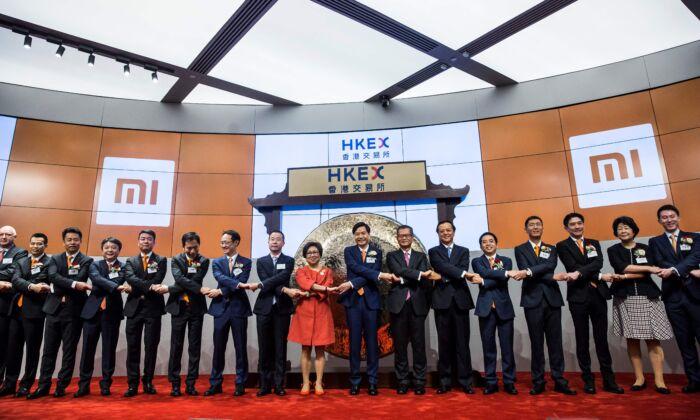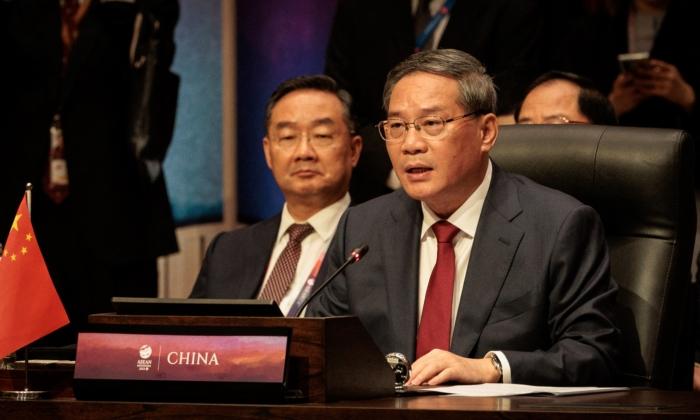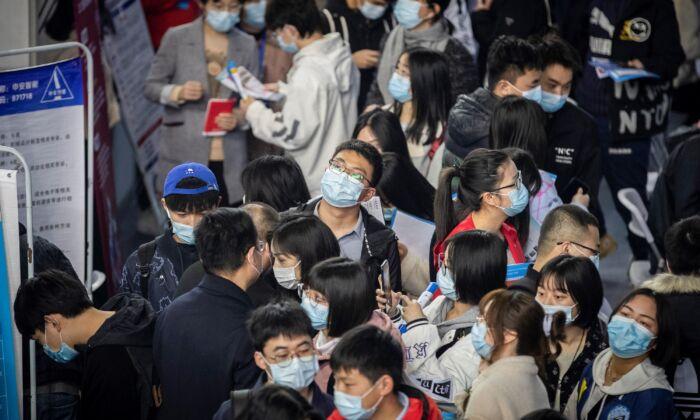On July 19, Chinese premier Li Keqiang inspected the National Natural Science Foundation of China (NSFC) and hosted a symposium. He delivered a speech on-site, which further revealed the underlying causes of why Chinese science and technology lags behind and lacks innovation.
NSFC was founded in 1986 under the State Council and is now under the supervision of the Ministry of Science and Technology (MOST). According to its official website, the foundation’s mission is “supporting basic research, fostering talented researchers, developing international cooperation and promoting socio-economic development.”
The next day, the State Council of the Chinese Communist Party (CCP) published on its website an article titled “Li Keqiang: We Have Come to a Critical Moment When We Should Make an Outcry for Strengthening Basic Research.” The article summarized Li’s visit to NSFC and what Li said during his visit.
At the symposium, Li was briefed by the Department of Mathematical and Physical Sciences, Science Foundation Information Management Platform, and Interdisciplinary Science Department on their work. Afterward, Li was quoted to say, “Mathematics is the foundation of all science. In fact, many of the ‘stranglehold problems’ are ultimately ’stuck' in basic research.”
According to the articles, Li pointed out that “our research is not in-depth and there is not much originality.” He said that “basic research and original innovation should be placed at a critical position.”

Li was right in pointing out directly the crux of the problem facing China’s science and technology sectors. Most of the technical personnel in all industries in mainland China have long been accustomed to plagiarizing and imitating, with a culture where anyone who does not want to “cut corners” expects to be laughed at and not taken seriously by leaders.
Li was very clear that he saw the stranglehold on research and development lying in a lack of basic research. However, how many people are still willing to be truely engaged in basic research under a culture of impetuousness in mainland China?
Li admitted in his speech that with the “greatly changed international environment ... there still exists many shortcomings in the development of science and technology in China.” He said that many of the industrial technology bottlenecks “mainly lie in the weak original innovation.”
According to Li, “China has reached a critical period in which we must vigorously strengthen basic research.”
Given the actions by top CCP leaders to blindly seek hegemony by weaponizing the pandemic and pushing wolf warrior diplomacy, channels of interaction and communication with the major western science and technology powers have become narrower and narrower, to the point of endangering China’s reliance on plagiarizing foreign technologies for innovation.
Li also said science is a process of long-term accumulation, especially in the fundamental sciences, which require scientists and researchers “to calm down and get down to work” with “persistence and focus,” like ancient people “taking ten years to sharpen a sword,” and “to engage in basic research and original innovation without distraction.”
In mainland China, the mentality of getting wealthy overnight is popular and well-received. Economical entities of small to big sizes are integrated with research institutions. The top priority of each research task team is to make money as quickly as possible. Under such circumstances, government funding for fundamental study projects have, in fact, become ways to maintain the operation of the research institutions.

It is impossible that Li does not know about the real situation. It is most likely why he purposefully visited the NSFC this inspection. However, his remarks will not soon alleviate the lack of innovation now facing the sector given decades of reliance on IP theft.
Li must have been unsatisfied with scientists’ work reports that only sang praises of the sector. At the symposium, which immediately followed the release of the reports, Li said critically that scientific innovation is not achieved by planning. He told the scientists that “tax incentives and other ways are to be used to mobilize the enthusiasm of enterprises to carry out fundamental research and applied fundamental research.”
Li’s words are tantamount to a condemnation of the jump-on-the-bandwagon-style government action that has been seen in the chip industry and other industries. However, he only proposed a tax adjustment method.
The driving force of technological innovation actually comes from market demand and the extraordinary visions of private entrepreneurs. The so-called high-tech companies in China—such as Alibaba, Ant, Tencent, and Didi—are in fact monopolized by the elite families in the CCP. Now that these companies are being cleaned up one by one, whether it is an internal struggle or getting money from them, mainland China lacks the fertile ground to see technological innovation grow. I am afraid this is the truth that Li dares not say.
Nonetheless, seeing the international crisis the CCP is facing, Li asked that scientists “increase the sense of urgency,” contradicting his own words of “calming down” and applying themselves “without distraction.”
It is the illusory, flashy propaganda and unrealistic hegemonic goals at the top echelon of the CCP that have led the various industries, including the science and technology sector, to take the wrong path. Now that the bubble is bursting, the CCP’s top management plunges into extreme anxiety but refuses to admit that it has taken the wrong path. They just want to tighten their control, make demands, and prepare to go back to the old way of closing down the country in order to keep the power in their hands.
If the communist regime cuts China off from international cooperation and exchange, the Mao-era self-reliance will undoubtedly harm future Chinese generations. The CCP’s senior management attempts to continue to make more people pay for its missteps. I cannot help but wonder if the 1.4 billion Chinese people will be willing to agree with the CCP in this regard.





